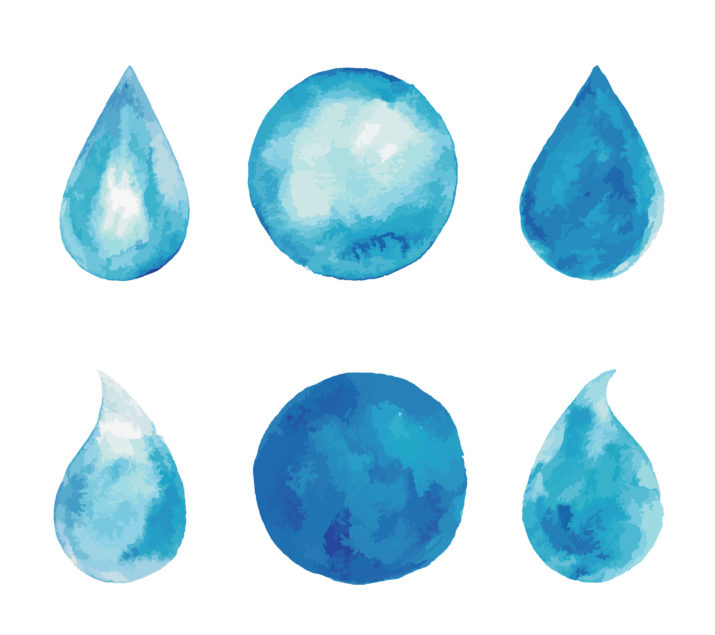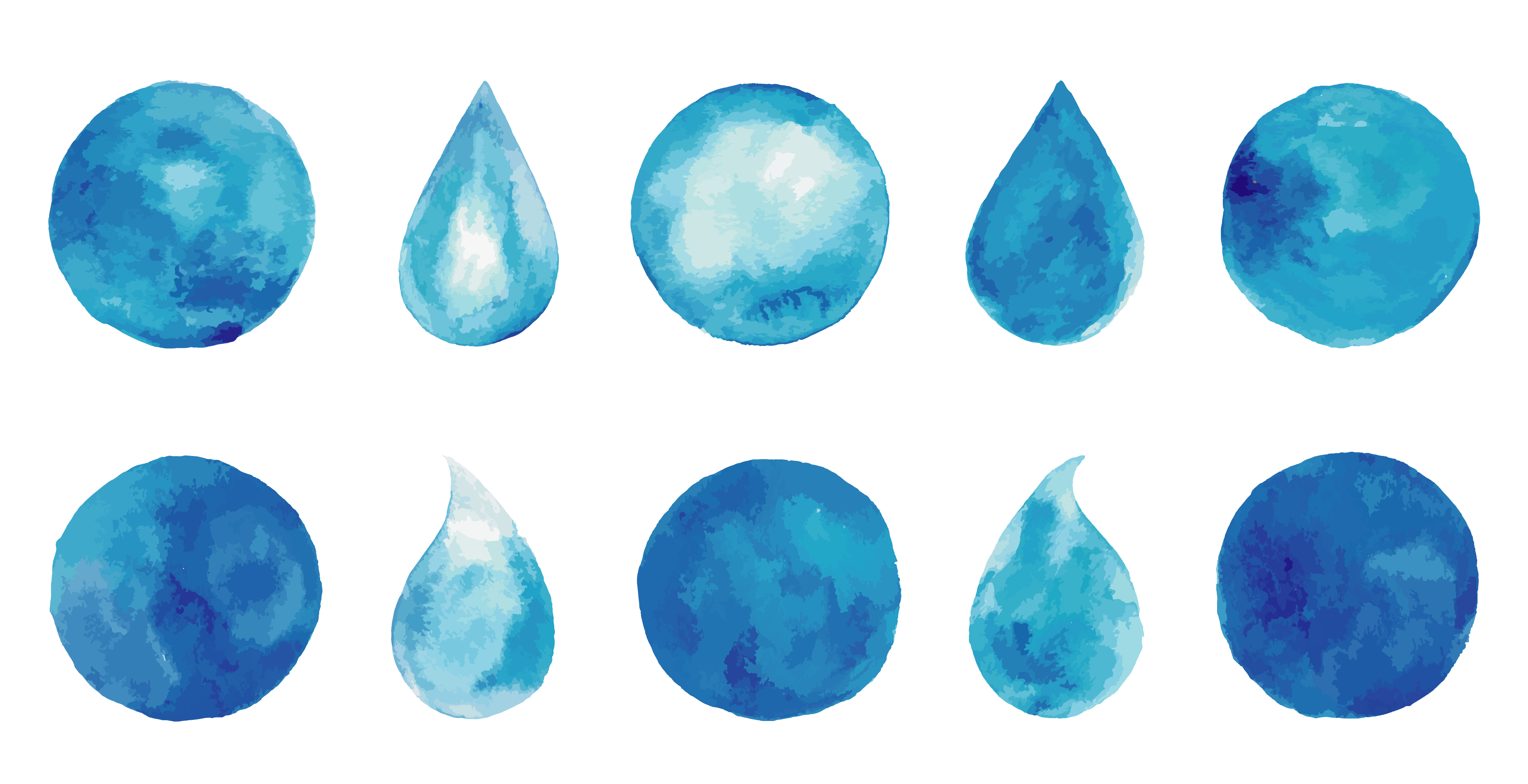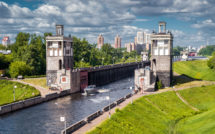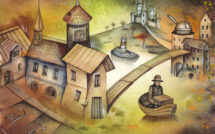

An Introduction to our Campus Feature on Water Centers & Institutes.
This is part of our special feature on Water in Europe and the World.
In this double issue of Europe Now on water in Europe and the World, we sample a number of water centers and institutes. By its very nature, water almost asks for the emergence of such organizations. Beyond our direct water use, which includes the water that we drink and need for bathing or cleaning, water is a necessary input in almost everything we do or make. As a matter of fact, the “virtual water” that is involved in the production of the everyday objects that we use is an order of magnitude larger than our direct water use, espcially when there is link back to agriculture. It is, hence, not surprising that water is studied from various angles. It is this inter-or transdisciplinary dimension that promotes water centers and institutes. They bridge the many academic disciplines that are often silo-ed in the many departments and schools of a university. Because so many disciplines are affected by water, centers and institutes differ in the particular disciplines they emphasize and which interactions they explore.
What in addition unites many water centers and institutes is that they, to varying degrees, embody some type of water advocacy. In doing so, they bridge the gap between the university and practice. There is a sense that water is one of the major challenges the world faces in the 21st century, and that civil society has an important role to play in how we live up to this challenge. On the one hand, much inter-or transdisciplinary knowledge in water-related matters is lacking, and it is an on-going process of figuring out the optimal response. In addition, and probably equally important, policies that might help alleviate water stress are often lacking, and not all governments, in spite of the UN sustainability goals, are ready to channel needed resources to support the often lofty ideals.
There are many high-quality water centers and institutes. Our sample illustrates dimensions and variations in terms of focus, size, history, and or policy orientation among centers and institutes. Maybe water centers and institutes should try to be more formally linked or organized.
All the organizations chosen here have their origin in academia. The Pacific Institute with Peter Gleick, a pronounced voice in U.S. water policy circles, now operates independent of academia, yet originated from the University of Berkeley. The Water Footprint Network from the University of Twente (the Netherlands) has embraced Tony Allan’s and Arjen Hoekstra’s virtual water and water footprint concept as a core element of its extending activities.
Stanford’s Water in the West and Stellenbosch Water Institute are, to some extent, anchored respectively in the experience of arid California, and South Africa’s water challenges. Informed by the local circumstances they face, these organizations develop, among other things, more widely applicable lessons. The Columbia Water Center that is part of Columbia University’s Earth Institute and our own Global Water Initiative at the University of Virginia, on the other hand, are to a lesser extent rooted in the local circumstances, but seek to learn from and address many water approaches around the global.
Many water institutes and centers have emerged from networks across departments within the university communities, as evidenced by the University of Copenhagen and Oxford Water Network with its many partnership organizations. Some institutions have an explicit water management degree such as Oxford University and IHE Delft Institute for Water Education. Delft is primarily targeting international graduate education around multiple water graduate degrees.
The answers to the water challenge go beyond academia and traditional policy channels. They call for a broader engagement of civil society, which is why, by way of illustration (without endorsing), we include the perspective from philanthropy, business and NGOs as well as a few profiles of mission-driven water centers and institutes. Here are links to articles that feature the nine water centers/institutes/networks that we selected:
-
“The Pacific Institute: A Global Think Tank” by Rebecca Olson
-
“Learning from Challenges in the Arid West: Stanford’s Water in the West” by Leon F. Szeptycki and Newsha Ajami
-
“Water Footprint Network: Toward Sustainable, Fair and Efficient Fresh Water Use” by Joep Schyns
-
“IHE Delft Institute for Water Education: Integrating International Graduate Education as a Legacy of the North Sea Flood of 1953” by Emma Meurs
-
“The Columbia Water Center” by Margo Weiss
-
“Beyond Capetown’s ‘Day Zero:’ Stellenbosch University Water Institute” by Charon Willem
-
“Water-related Activities at the University of Copenhagen, SCIENCE” by Mette Frimodt-Møller
-
“University of Virginia Global Water Initiative: Learning from Water Challenges & Solutions Around the Globe” by Peter Debaere, Teresa Culver, and Mike Pace
-
“The Oxford Water Network: Securing Water for Sustainable Development” by Dustin Garrick
Photo: Set of watercolor blue splashes, drops, spots | Shutterstock
Published on December 11, 2018.




